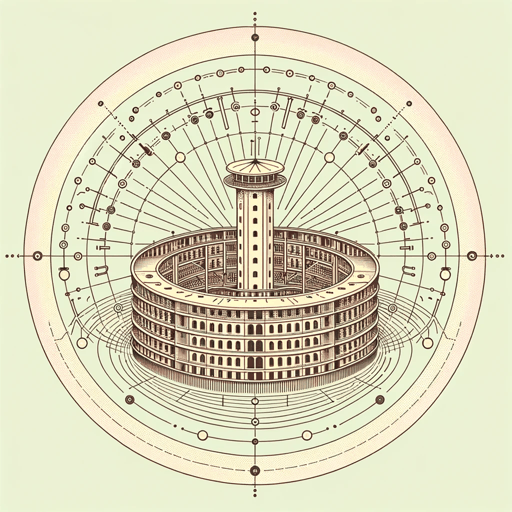60 pages • 2 hours read
Michel FoucaultThe Order of Things: An Archaeology of the Human Sciences
Nonfiction | Book | Adult | Published in 1966A modern alternative to SparkNotes and CliffsNotes, SuperSummary offers high-quality Study Guides with detailed chapter summaries and analysis of major themes, characters, and more.
Chapter 2Chapter Summaries & Analyses
Part 1
Chapter 2 Summary: “The Prose of the World”
Chapter 2: “The Prose of the World” steps away from the 17th century to examine the 16th century’s relationship with the ideas of resemblance. Foucault must establish how the 16th century conceptualized resemblance and representation in order to explore the Classical Age’s ideas on resemblance and representation. Before the Classical Age, the resemblance between things structured knowledge production; resemblance was, in a sense, knowledge. Foucault splits the chapter into five parts.
In part one (“The Four Similitudes”), Foucault explores the four core concepts of 16th century ideas about resemblance. The first is convenientia, the convenient placement of things in proximity to one another. The second is aemulatio, a reflection of one object, behavior, or mannerism in another that is not predicated on spatial proximity. The third is analogy, which is drawing comparisons between two things. The fourth is sympathies, a chaotic element that draws things together and makes them resemble one another through empathy. Antipathy keeps the sympathies in check by ensuring everything does not become too sympathetic to one another and collapse into a homogenous mass. These four concepts told 16th century thinkers how resemblance functioned.
In part two (“Signatures”), Foucault discusses the signatures (or signs), which deals with where resemblance was located on things.
Related Titles
By Michel Foucault




